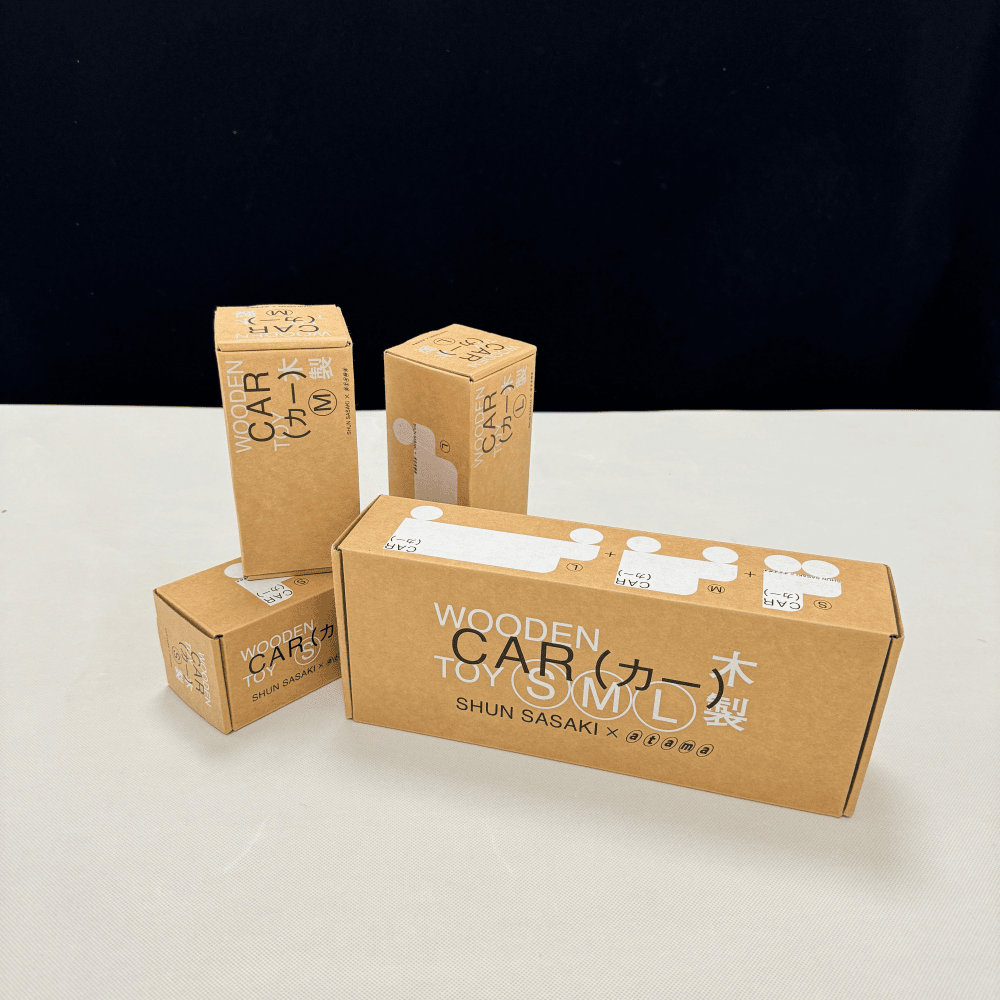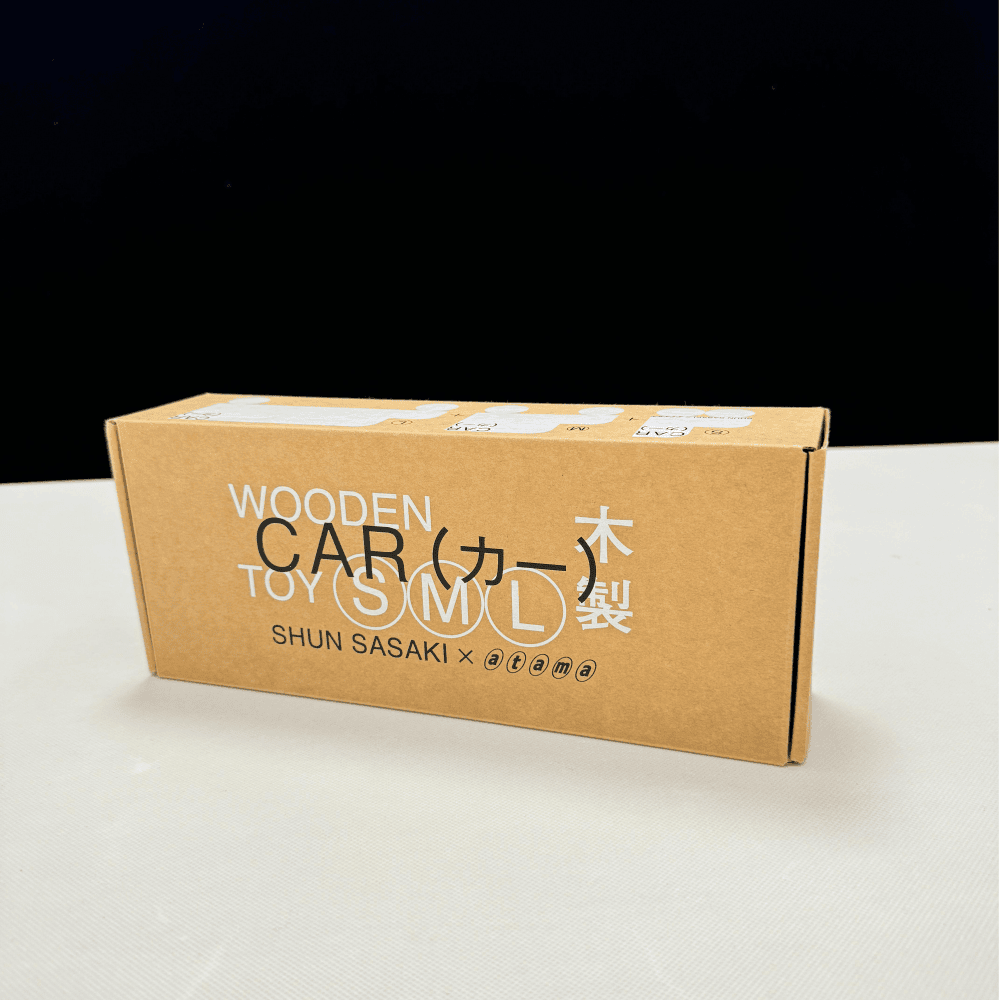
In the ever-evolving world of packaging design, holographic paper has emerged as a game-changing material that captivates consumers and elevates brand presence. This dynamic material transforms ordinary packaging into an extraordinary visual experience, combining functionality with mesmerizing optical effects that catch the eye and create lasting impressions.
The strategic implementation of holographic paper in packaging design has revolutionized how brands communicate their value proposition. From luxury cosmetics to premium electronics, this versatile material adds a dimension of sophistication that conventional packaging materials simply cannot match. The interplay of light and movement creates an interactive experience that encourages customer engagement and enhances product perceived value.
Before incorporating holographic paper into packaging designs, it's crucial to understand its unique characteristics. The material consists of a specialized substrate with microscopic embossed patterns that create stunning visual effects through light diffraction. These patterns can range from simple rainbow effects to complex three-dimensional images that shift and change as the viewing angle changes.
The thickness and durability of holographic paper varies significantly, from delicate decorative overlays to robust structural materials. Design professionals must consider factors such as light exposure, handling requirements, and environmental conditions when selecting the appropriate type for their packaging needs.
Working with holographic paper requires a sophisticated understanding of color interaction. The material's inherent properties can enhance or compete with printed colors, creating either harmonious effects or unintended visual chaos. Successful designers carefully balance the holographic elements with other design components to achieve optimal visual impact.
The key lies in strategic placement and proportion. Using holographic paper as an accent rather than the dominant element often yields the most sophisticated results. This approach allows the material's unique properties to enhance the overall design without overwhelming the brand message or product information.
The application of holographic paper requires precise handling and specialized techniques. Professional packaging designers employ various methods, including hot stamping, lamination, and adhesive bonding. Each technique offers distinct advantages and creates different visual effects that can be leveraged for specific design objectives.
Advanced surface treatments can modify the holographic paper's properties, allowing for enhanced printability or selective pattern visibility. These modifications enable designers to create sophisticated effects where holographic elements seamlessly integrate with traditional printing methods.
The choice of holographic patterns significantly impacts the final design outcome. From subtle micro-patterns that create a gentle shimmer to bold geometric designs that command attention, the selection should align with the brand identity and product positioning. Contemporary designers often combine multiple patterns to create depth and visual hierarchy within the packaging design.
Pattern scale also plays a crucial role in the overall effect. Larger patterns make bold statements but can overwhelm smaller packaging, while micro-patterns offer versatility and sophistication suitable for various applications.

As sustainability becomes increasingly important in packaging design, the environmental impact of holographic paper must be carefully considered. Modern manufacturing processes have evolved to create eco-friendly options that maintain visual appeal while reducing environmental footprint. Designers now have access to recyclable holographic papers and biodegradable alternatives that align with sustainable packaging goals.
The industry continues to innovate in developing holographic materials that meet both aesthetic and environmental requirements. This includes solutions with reduced plastic content and materials designed for easy separation during recycling processes.
The future of holographic paper in packaging design looks promising, with ongoing technological advancements expanding creative possibilities. Smart holographic materials that change patterns in response to environmental conditions or touch are being developed, offering new ways to engage consumers and enhance product protection.
Integration with digital technologies, such as augmented reality markers embedded in holographic patterns, represents another frontier in packaging innovation. These developments suggest that holographic paper will continue to evolve beyond purely decorative applications.
Holographic paper adds premium visual appeal and distinctiveness to packaging, helping brands stand out on retail shelves and create memorable unboxing experiences. The material's unique optical properties can communicate quality, innovation, and luxury, potentially justifying premium pricing strategies.
Successful printing on holographic paper requires specialized inks and techniques. UV-curable inks typically provide the best adhesion and opacity. It's essential to conduct print tests to ensure proper ink coverage and color accuracy, as the holographic surface can affect how colors appear.
Yes, holographic paper can be used in food packaging when appropriate food-grade materials are selected. The material must meet relevant safety standards and regulations for food contact. Many manufacturers offer specially formulated holographic papers designed specifically for food packaging applications.
Packaging featuring holographic paper requires careful handling during storage and distribution to maintain its visual effects. Exposure to extreme temperatures, humidity, or direct sunlight should be minimized. Proper protective coatings can enhance durability and preserve the holographic effect throughout the product's lifecycle.